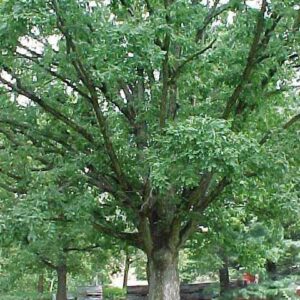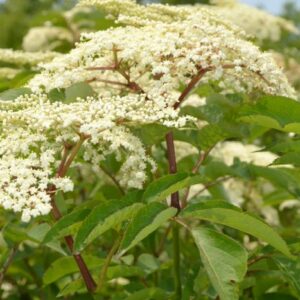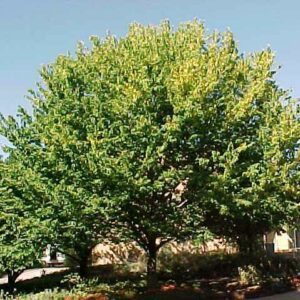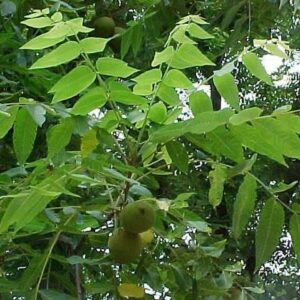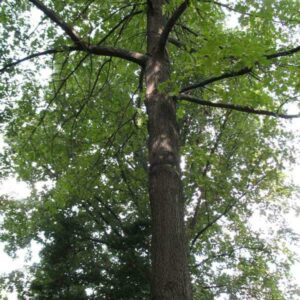White Oak (Quercus alba)
Share
Description
Culture
Best grown in rich, moist, acidic, well-drained loams in full sun. Adapts to a wide variety of soil conditions with good drought tolerance.
Noteworthy Characteristics
Quercus alba, commonly called white oak, is a large deciduous Missouri native tree of the white oak group. It typically occurs in dry upland slopes and ledges as well as lowland valleys and ravines throughout the State. Grows to 50-80′ tall in cultivation and taller (to 100′) in the wild. Pyramidal when young, but matures into a substantial tree with a wide-spreading, rounded crown. Insignificant yellowish-green flowers in separate male and female catkins appear in spring shortly after the leaves emerge. Fruits are oval acorns (to 3/4″ long) with warty-scaled cups. Leaves (4-9″ long) have 7 to 9 deep rounded lobes. Leaves emerge pinkish in spring, but mature to dark green. Variable fall color ranges from uninteresting browns to quality shades of dark red. White oak grows over much of eastern North America and is an important hardwood timber tree. Widely used in landscapes, but slow growth rate and large size has somewhat tempered its popularity.
White oak is the Illinois State Tree.
Genus name comes from the classical Latin name for oak trees.
Species name of alba means white in reference to the light ash-gray bark.
Problems
Potential diseases include oak wilt, anthracnose and oak leaf blister. Potential insects include scale, oak skeletonizer, leaf miner and lace bug.
Additional information
| size | 15-gallon, 3-gallon |
|---|

